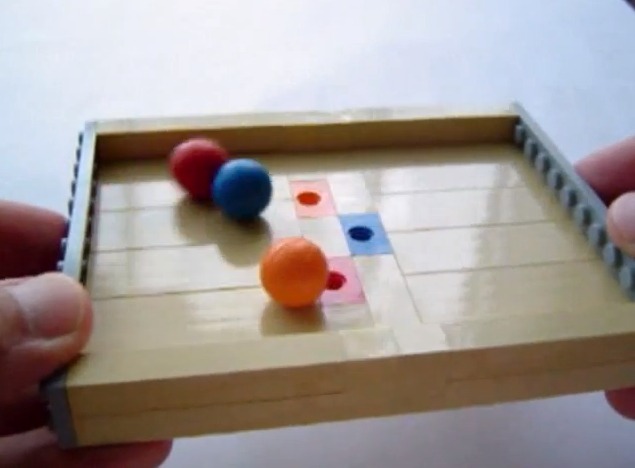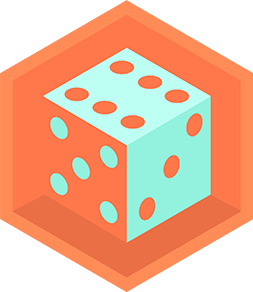Create a puzzle game
Design and build a simple board or card puzzle game using paper, markers, and rules. Test, revise, and play to explore logic and creativity.



Step-by-step guide to design and build a simple paper board or card puzzle game
How to make a puzzle game with cardboard | Easy paper game | Maison Zizou
Step 1
Choose a fun theme for your puzzle game like space jungle or mystery island.
Step 2
Decide the goal of the game (what players must do to win).
Step 3
Choose how many players can play at once.
Step 4
Sketch a simple game board layout on scrap paper showing a start and a finish.
Step 5
Draw the final version of your board on cardstock using pencil and ruler.
Step 6
Trace over the pencil lines with markers to make paths spaces and special spots clear.
Step 7
Cut out the board if you made it on a separate piece of cardstock.
Step 8
Make player pieces by choosing small tokens or folding and decorating paper markers.
Step 9
Cut small rectangles of paper to make puzzle or challenge cards.
Step 10
Write one puzzle clue or challenge on each card using clear simple instructions.
Step 11
Play a quick test game with friends or family and notice any confusing parts.
Step 12
Fix the board cards or rules to solve problems you found during testing.
Step 13
Share your finished game on DIY.org
Final steps
You're almost there! Complete all the steps, bring your creation to life, post it, and conquer the challenge!


Help!?
What can we use if we don't have cardstock, markers, or small tokens?
If you don't have cardstock, use flattened cereal-box cardboard or double-up printer paper for the final board, substitute colored pencils or crayons when you Trace over the pencil lines with markers, and use buttons, coins, or folded paper for player pieces.
What should we do if players get confused during the test game?
If the quick test game reveals confusion, simplify or rewrite the puzzle or challenge cards with clearer instructions, widen or shorten paths on your sketched board, and adjust special spots or the goal so play feels fair and winnable.
How can we adapt the game for younger or older kids?
For younger kids, make bigger spaces on the drawn board, use picture-based puzzle cards and large easy-to-hold player pieces from the 'Make player pieces' step, while for older kids add timed challenges, harder clues, or extra puzzle cards to raise the difficulty.
How can we extend or personalize the game after finishing it?
Personalize and extend the game by decorating the cardstock board with themed drawings or stickers, creating bonus or story cards that alter the goal mid-game, adding homemade rewards on special spots, and photographing the finished game to share on DIY.org.
Watch videos on how to design and build a simple paper puzzle game
Easy DIY Puzzle For Kids || Make Your Own Puzzle
Facts about game design for kids
✂️ You can make colorful, durable game boards and pieces from cardboard, markers, and glue in under an hour.
🃏 A standard playing-card deck has 52 cards, which gives you lots of ways to make card puzzles.
🧠 Most great games get better with playtesting—designers often build dozens of prototypes before finalizing rules.
🧩 The world's oldest known board game is Senet, played in ancient Egypt over 5,000 years ago.
🎲 There are over 100,000 unique board games listed in online databases—so many ways to play!
How do I design and build a simple board or card puzzle game with my child?
What materials do I need to create a homemade puzzle game?
What ages is this puzzle design activity suitable for?
What are the benefits of designing and playing a homemade puzzle game?


One subscription, many ways to play and learn.
Only $6.99 after trial. No credit card required



